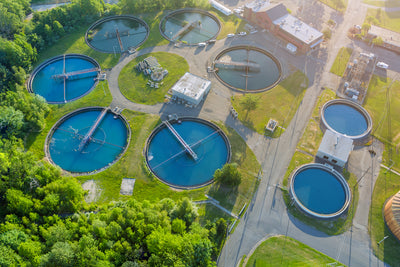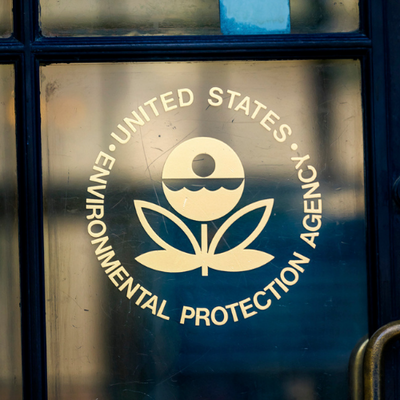Water Quality InformationWritten By Actual Experts
RSSWhat You Need To Know About PFAS "Forever Chemicals"

What is a "Safe Level" for PFAS in Drinking Water?

Over 60% of Toxic Wastewater Biosolids Are Used To Fertilize Farmland in The U.S.

Health Effects Caused by Exposure to PFAS Chemicals

EPA Announces National Strategy to Confront PFAS Pollution

Analies Dyjak, M.A. | Head of Policy and Perspectives
The Environmental Protection Agency announced on Monday, October 18, that the agency will prioritize a comprehensive national strategy to confront PFAS pollution. The Biden-Harris administration campaigned on setting limits in tap water for PFAS and ensuring other actionable protection measures for public health. The PFAS “roadmap” also includes a summary of recent proposals and recommendations from EPA and Congress.
What Does EPA's PFAS Roadmap Contain?
The roadmap consists of plans for both rulemaking and monitoring guidelines, but does not have any enforceable criteria. This EPA publication is simply a strategic plan for implementation, not a final rule. The seven actions are as follows:-
Timeline for nationwide enforceable drinking water limits for PFAS in tap water under the Safe Drinking Water Act.
-
Designating PFAS as a “hazardous substance” under the Comprehensive Environmental Response, Compensation, and Liability Act (CERCLA), also known as Superfund. This designation will help hold polluters financially responsible for contaminating source water.
-
A timeline for Effluent Guideline Limitations for nine different industrial categories.
-
An assessment of shortcomings of the Toxic Substances Control Act and its ability to protect public health.
-
An increase in monitoring, data collection, and research.
-
A final toxicity assessment for GenX.
-
Technical foundation for PFAS air emissions under the Clean Air Act.
Too Little Too Late?
Hydroviv has been covering PFAS in drinking water since our company began in 2016. Since then, virtually no action has been taken by the EPA or Congress regarding this category of chemicals that is known to cause cancer. The press release for this latest roadmap even stated that the EPA has known about the toxic nature of PFAS chemicals for over 20 years. The impacts of PFAS have now extended across multiple generations, when in all likelihood, this could have been avoided.
Other Articles We Think You Might Enjoy:What Are PFAS or 'Forever Chemicals'?
Is PFAS Exposure Toxic To The Immune System?
Does My Home State Regulate PFAS Chemicals in Drinking Water?






